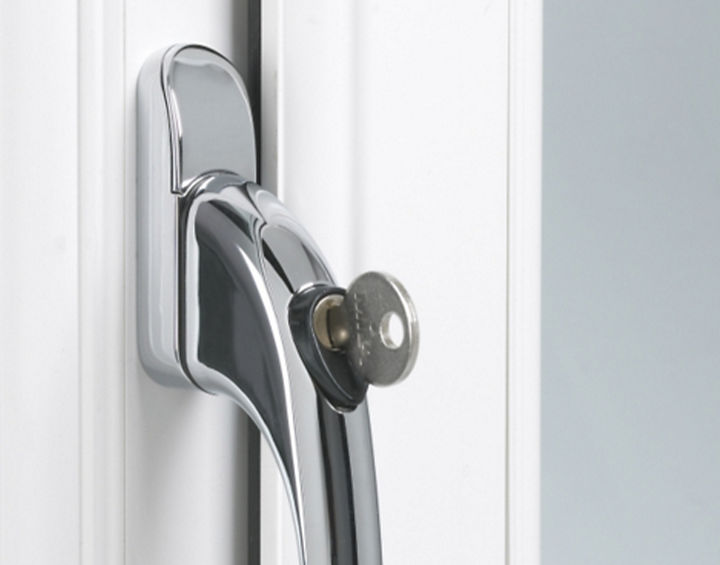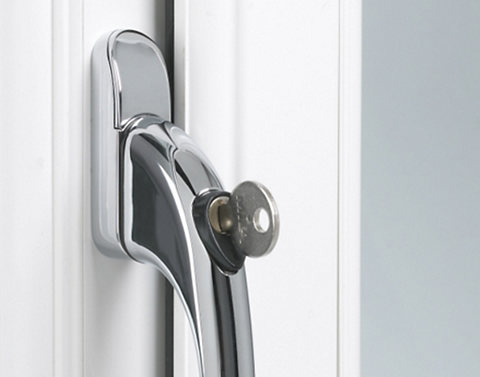Door & window locks buying guide
Doors are a burglar's favourite entry and exit point, so make sure your doors have good-quality locks and security devices. As your windows are also vulnerable, it's a good idea to fit them with locks that are suited to their particular style or type.
There are a wide variety of door locks available to purchase; the best choice for your home will be dependent on the type and material of door, and level of security required.
Mortice sashlock (for use with timber doors)
A mortice sashlock combines a mortice lock and a handle-operated latch mechanism. This means you can open and shut the door without having to use a key, and lock it securely with a key when you go out. Sashlocks come with different security levels - a 3 lever is mid level and 5 lever is the highest level of security. 5 lever sashlocks are typically used on back doors or where security needs to be high. 3 lever locks can be used on internal doors that require a lock with a key.
Mortice deadlock (for use with timber doors)
A deadlock is typically used on front doors in conjunction with a nightlatch and has a bolt only, operated by a key. The deadlock is fitted at about waist height in the door, giving additional security and allows you to lock the door from the inside and outside.
Nightlatch (for use with timber doors)
A nightlatch is used to secure front doors or other external entrance doors. The nightlatch is mounted on the inside of the door at about shoulder height and has a latch mechanism similar to those used on internal doors to keep the door closed. The latch is spring loaded and withdraws into the casing as you turn the knob to allow you to open the door, but you can close the door by simply pushing it into the frame – a sort of ‘slam to lock’. A rim cylinder has to be fitted to the outside of the door, which attaches to the nightlatch through a hole in the door. Turning a key in the cylinder operates the latch, allowing you to open the door from the outside.
Rim cylinder (for use with timber doors)
A rim cylinder is a surface mounted key turning mechanism that works with a brass barrel that fits in a hole drilled through the door, which is connected to a nightlatch. A rim cylinder is always used in conjunction with a nightlatch. It allows you to open the front door from the outside using a key, which turns the latch on the inside. New nightlatches usually come complete with a rim cylinder, but you can buy replacement rim cylinders if needed.
Euro cylinder (for use with PVCu doors)
A euro cylinder forms an integral part of many types of locks including multi-point locks used on PVCu doors and some mortice locks used on timber doors. Euro cylinders can be easily replaced and changing the cylinder is an easy way to 'change the locks'. Before you buy, you need to ensure you know what type, size and security of cylinder you require.
There are three basic types of euro cylinder:
• Single Cylinder - Euro profile single cylinders offer key access from one side only
• Double Cylinder - Euro profile double cylinders offer key access from both sides of the door
• Double Cylinder with Thumb turn - Euro profile Thumb turn cylinders offer key access from one side and a thumb turn from the other side of the door
Choosing the right door lock can be a great way to improve the security of your home. For extra peace of mind, consider adding additional features, such as those below.
Door chain
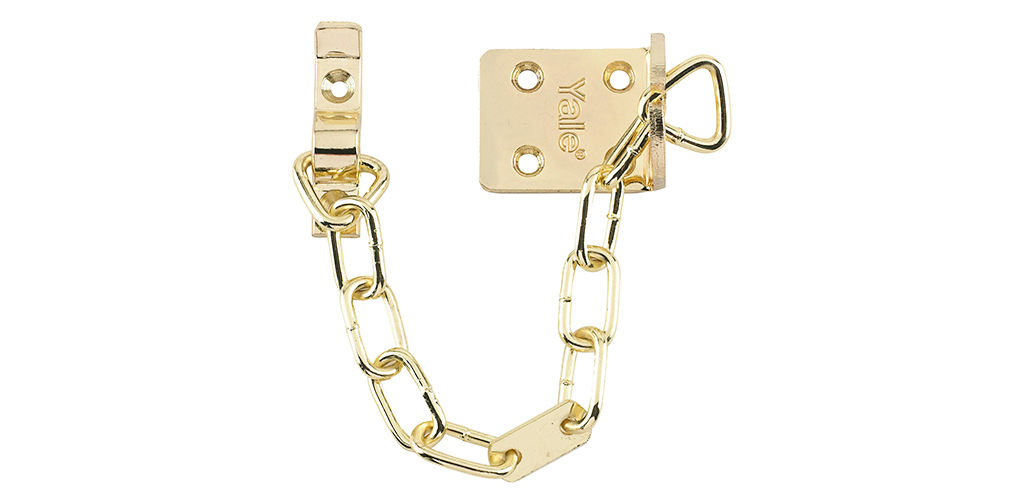

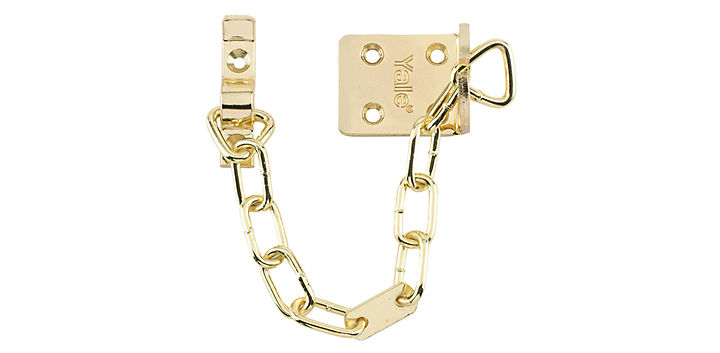
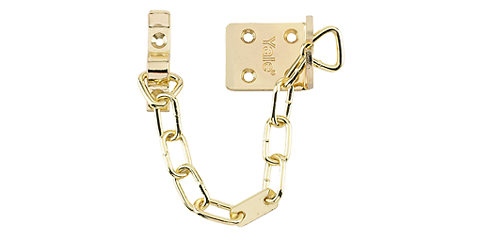
A door chain stops an unwanted caller from forcing entry into your home as you open the door. It restricts the door opening to just a few inches, so you'll be able to see who is at your door before welcoming them in.
Door viewer
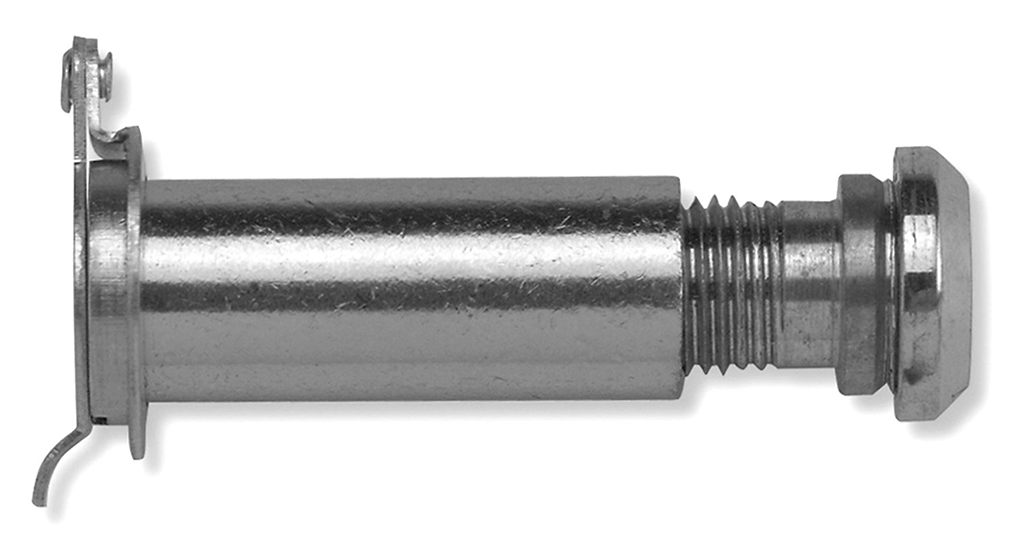

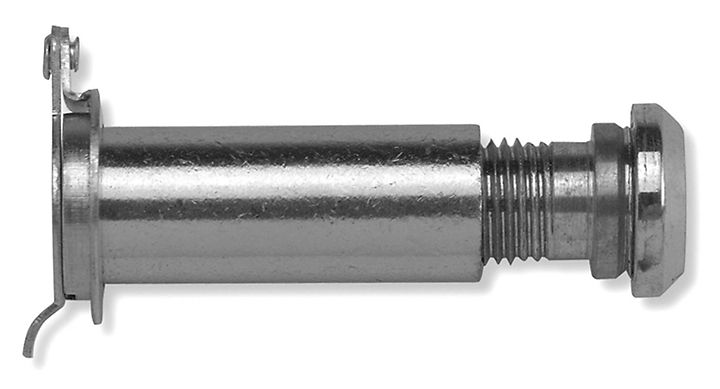
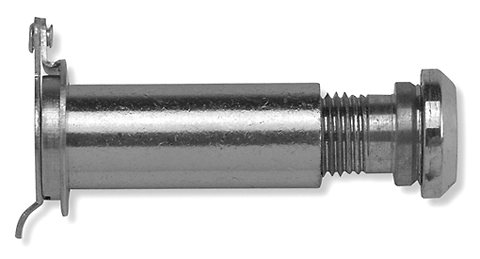
You can fit a door viewer into a hole drilled through your front door, so you can see who's calling before opening the door. It's a good solution if you don't have a front window to peek through.
Bolt
You can improve the security of any door by simply adding a bolt. You can get surface-mounted or concealed mortice rack versions. They fit into a hole drilled into the door edge, and can be operated with a key.
Patio door lock
Sliding patio doors are relatively easy to force, unless they've been designed with integral multi-point locking and anti-lift devices. If you have patio doors without these features, it's wise to add a pair of key operated surface-mounted locks to each sliding door. By fitting these on each side of the door or at the top and bottom, you can bolt the doors onto the frame to keep your home secure.
The ideal type and positioning of window locks in your home depends on the type of windows you have.
Casement windows
A casement window is normally made from timber and is attached to it's frame by one or more hinges at the side. A lever handle is fitted to the window to aid opening and closing and also serves as a window lock. A casement stay is necessary when the window opens outward, to hold the window in position.
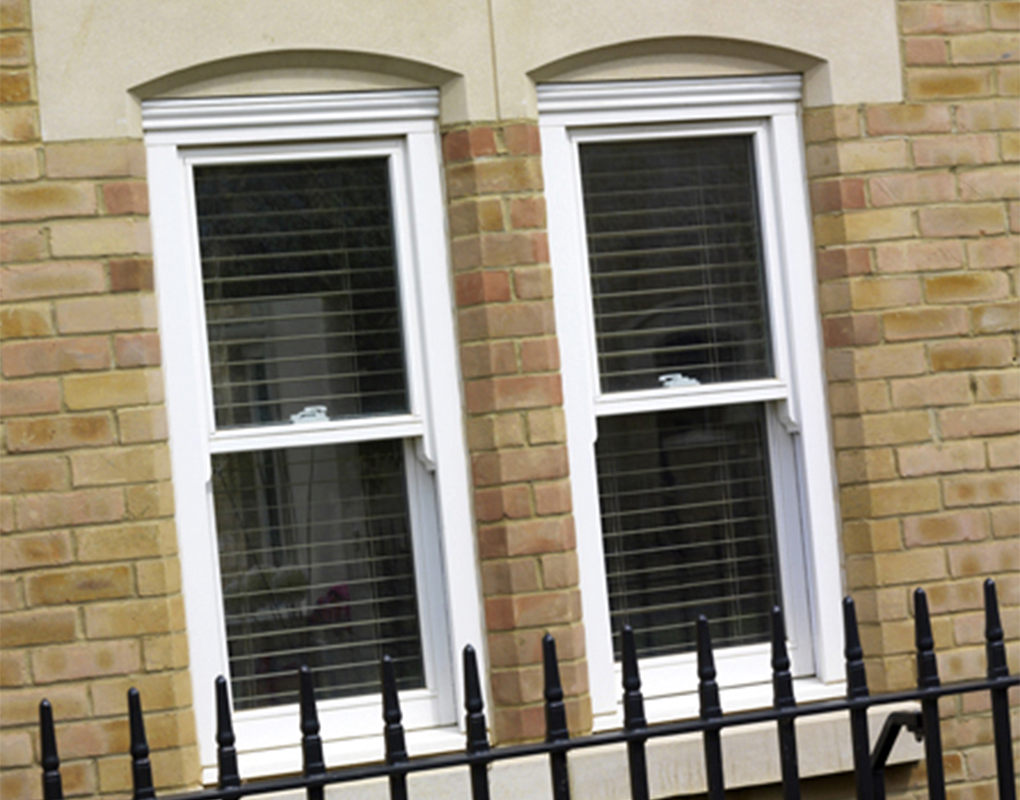

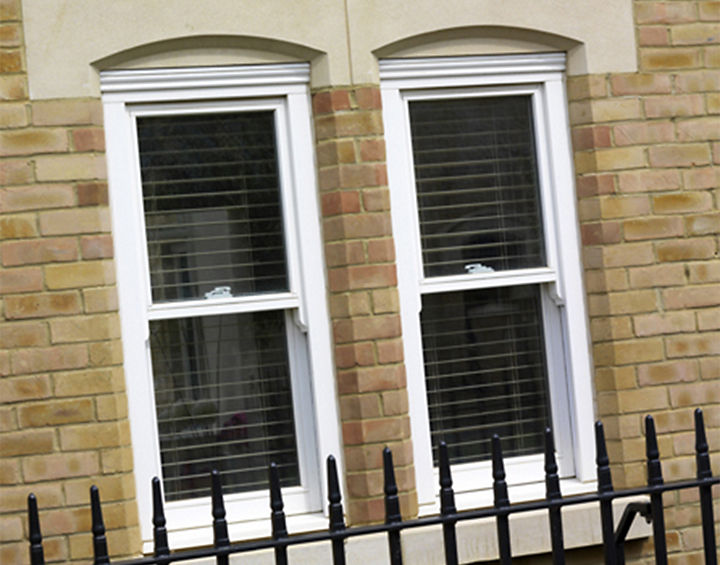
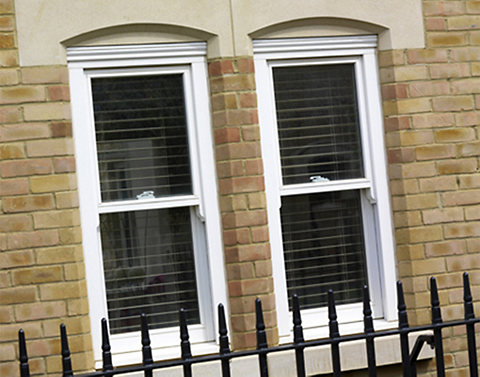
Sash windows
A sash window is made from one or more movable panels that open by sliding vertically. The panels form a frame to hold panes of glass, which are often separated by narrow muntins (strips of wood).
Sash windows are often found in older Georgian and Victorian houses. This type of window provides a maximum face opening for ventilation of one-half the total window area. Each sash is provided with springs, counterweights, or compliant weatherstripping to hold it in place in any location.
To facilitate operation, the weight of the glazed panel is usually balanced by a heavy steel, lead, or cast iron sash weight or counter-weight concealed within the window frame. The sash weight is connected to the window by a sash cord or chain that runs over a pulley at the top of the frame, although spring balances can also be used.
In recent years, uPVC sash windows have become available, and no longer use cords and weights. Instead they slide up and down on aluminium runners set into the sides of the outer framing.
Sash windows can be fitted with purpose-made frame to frame bolts which secure the inner and outer frames of the window, preventing movement.
PVCu Windows
PVCu windows are fitted with concealed locking systems in the frame that not only lock the window when you push down the handle, but also the handles themselves. This allows locking with a key for added security. This type of window often features ventilation locks which allow the window to be locked in a closed position, but with a small gap to allow air to circulate without compromising security. Replacement PVCu window handles are available.


